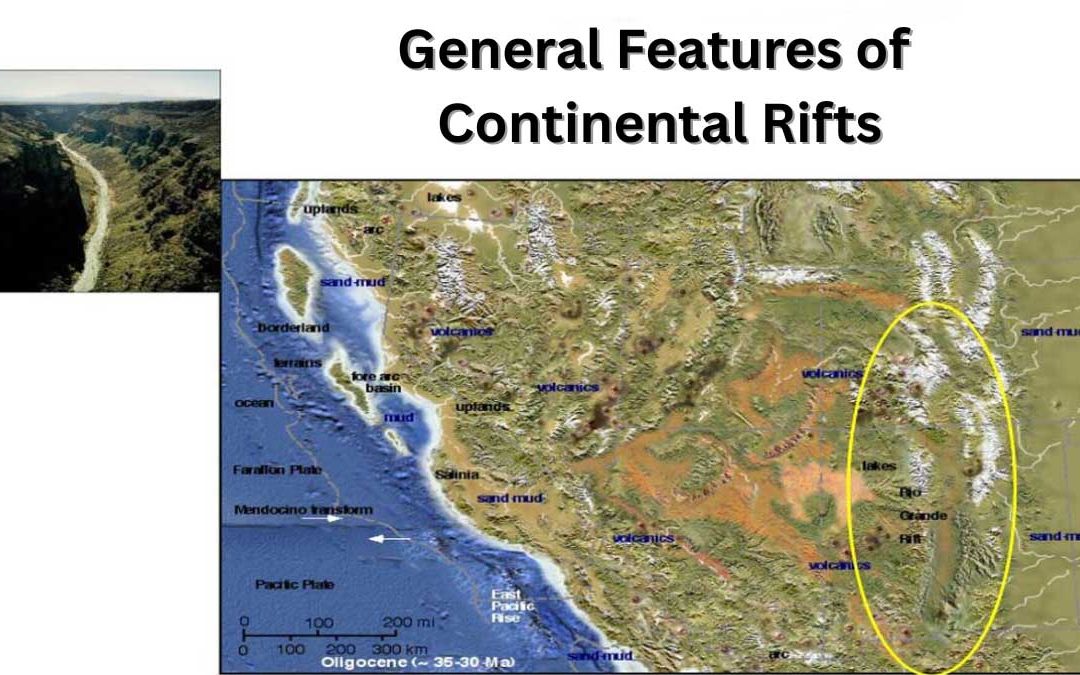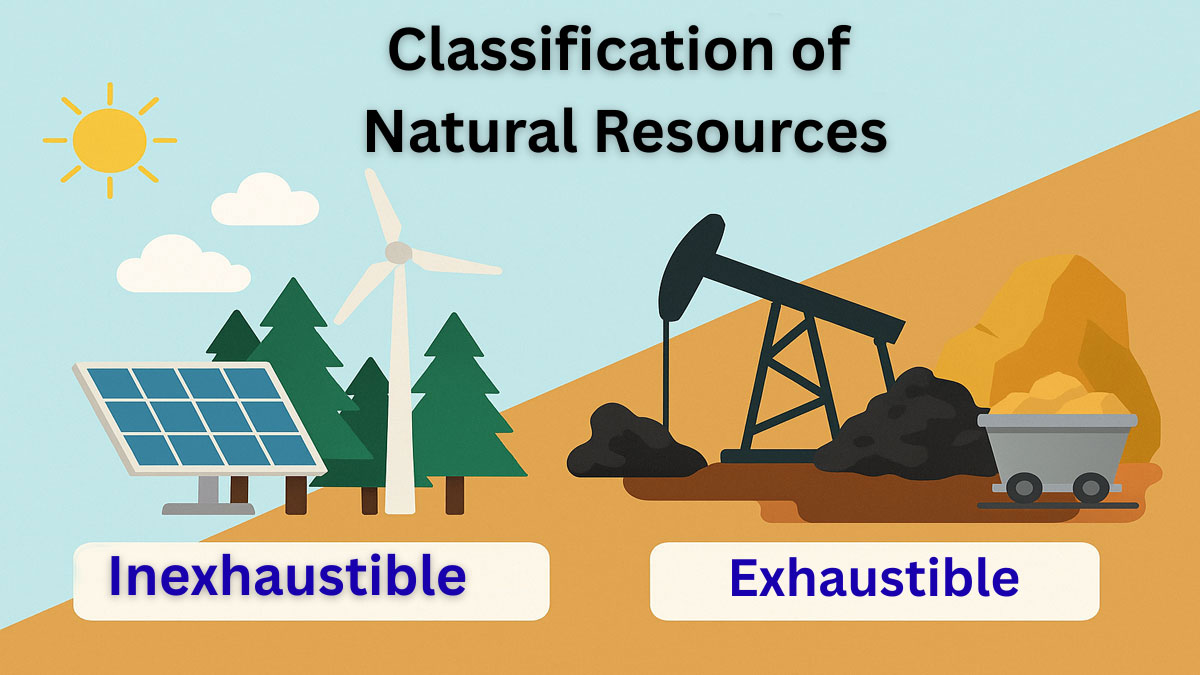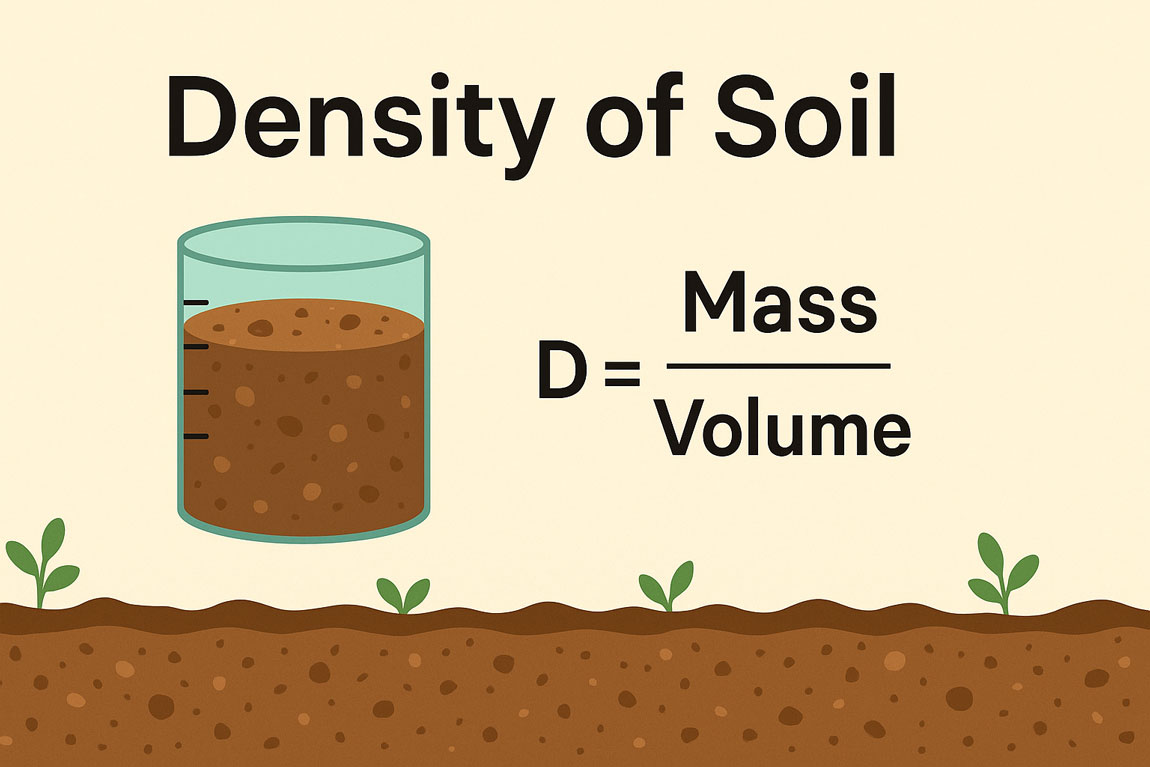Continental rifts are geological zones where the Earth’s crust is stretched and broken, forming deep fault-bounded valleys. These structures play a key role in understanding plate tectonics, continental breakup, and the formation of new ocean basins. This article explores the general features of continental rifts.
General Features of Continental Rifts:
Structural and Tectonic Features of Continental Rifts:
- Continental rifts are fault-bounded basins produced by extension of continental crust. They may be single, like the rifts in East Africa, or multiple, as in the case of the Basin and Range province in the western United States (Figure 1).

- Also included in this category are aulacogens. Aulacogens are failed or less-active arms of triple junctions, such as the Ethiopian and Benue rifts in Africa. Spreading began in the Red Sea and Gulf of Aden 15-25 Ma and may be beginning today in the Ethiopian aulacogen.
- The Benue rift became a failed arm in the Late Cretaceous as the other two rift segments opened as part of the Atlantic basin. Rifts are of different origins and occur in different regional tectonic settings.
- Although the immediate stress environment of rifts is extensional, the regional stress environment may be compressional, extensional, or nearly neutral.
- Rifts that form in cratons, such as the East African rift system, are commonly associated with domal uplifts, although the timing of doming relative to rifting may vary (Mohr, 1982).
Crustal and Geophysical Features of Continental Rifts:
- Geophysical data indicate that both the crust and lithosphere are thinned beneath rifts, and that most or all of the crustal thinning occurs in the ductile lower crust over a much broader area than represented by the surface expression of the rift (Thompson and Gibson, 1994).
- The amount of extension in young rifts can be estimated from offset on faults and from gravity profiles. Results range from as little as 10 km for the Baikal rift to > 50 km for the Rio Grande rift.
- Some rifts, such as the Kenya rift, have a prominent gravity anomaly running along the axis generally interpreted to reflect emplacement of dykes or sills at shallow depth.
Volcanic Features of Continental Rifts:
- Magma chambers have been described in rifts based on seismic data, of which the best-documented cases are magma chambers in central New Mexico beneath the Rio Grande rift and in Iceland (Sanford and Einarsson, 1982).
- Although in some instances tectonic and volcanic activity in rifts are related in space and time, in many cases they are not. Zones of major eruption seldom coincide with the main rift faults.






